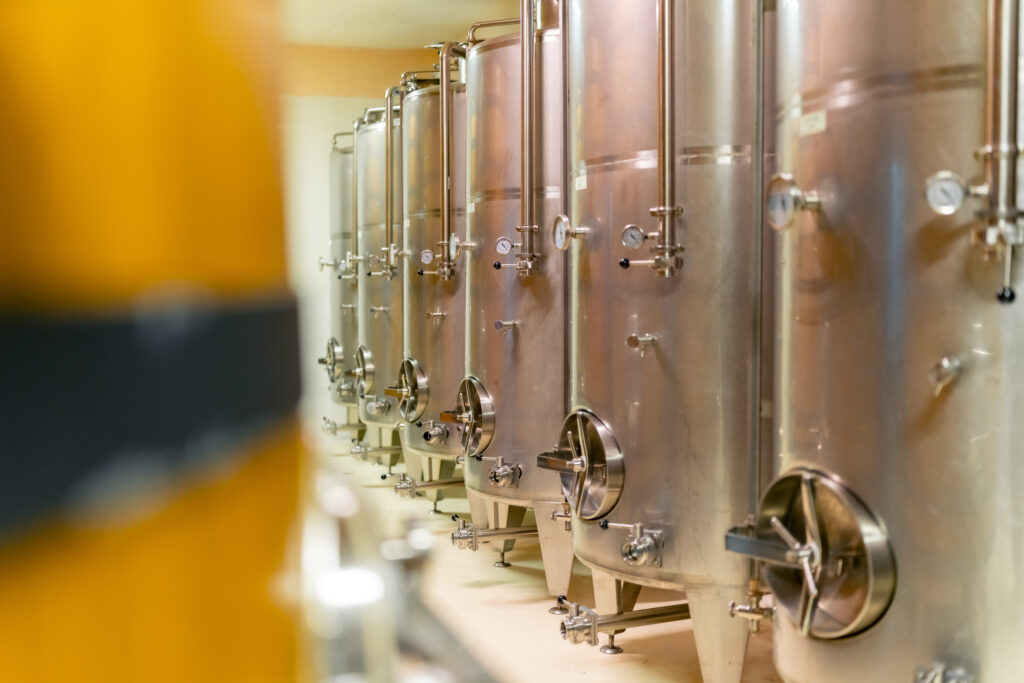When selecting stainless steel for a project, especially in construction, manufacturing, or food processing, choosing the right grade is essential. Two common austenitic stainless steel grades—304 and 304L—are frequently used due to their excellent corrosion resistance, strength, and formability. As the names of these alloys suggest, they share many similarities. However, they also have significant differences that can affect performance and suitability for specific applications. At Alliant Metals, part of our role as a metal distributor is to assist our customers in selecting the right stainless steel products for their projects and to explain their options. Just as we explored the differences between 316 and 316L in an earlier post, we’re going to delve into the key differences between 304 and 304L stainless steel in this article.
The primary distinction between 304 and 304L stainless steel lies in their carbon content. Grade 304 typically contains up to 0.08% carbon, while 304L has a maximum carbon content of just 0.03%. (Remember the “L” stands for “low carbon.”) This lower carbon content in 304L significantly reduces the risk of carbide precipitation during welding, which can lead to intergranular corrosion.
Both 304 and 304L offer excellent corrosion resistance in a wide variety of environments, including atmospheric and mildly corrosive conditions. However, due to its lower carbon content, 304L is more resistant to corrosion after welding or exposure to high temperatures. In applications where welding is extensive and post-weld annealing is not practical, 304L is generally the preferred choice. The lower carbon content helps maintain the material’s corrosion resistance at the welded joints.

304 stainless steel is widely used in applications that require strength and durability, such as kitchen equipment, automotive parts, and architectural structures. It performs well in environments that don’t involve prolonged exposure to high temperatures or corrosive chemicals.
304L, on the other hand, is ideal for welded components in chemical processing, pharmaceutical equipment, or marine environments where corrosion resistance is critical. Its improved weldability and resistance to post-weld corrosion make it a go-to material for pressure vessels, tanks, and piping systems.
While 304 and 304L stainless steels are very similar, the key differences in carbon content affect their behavior in welding and corrosion resistance. Understanding these differences ensures the right grade is chosen for specific project requirements, improving performance, safety, and longevity. Our team at Alliant Metals is always ready to share their expertise and help you choose the best stainless steel products for your project. Whether 304L stainless steel or another alloy is the right choice, you can rely on us for expert advice and quality materials.